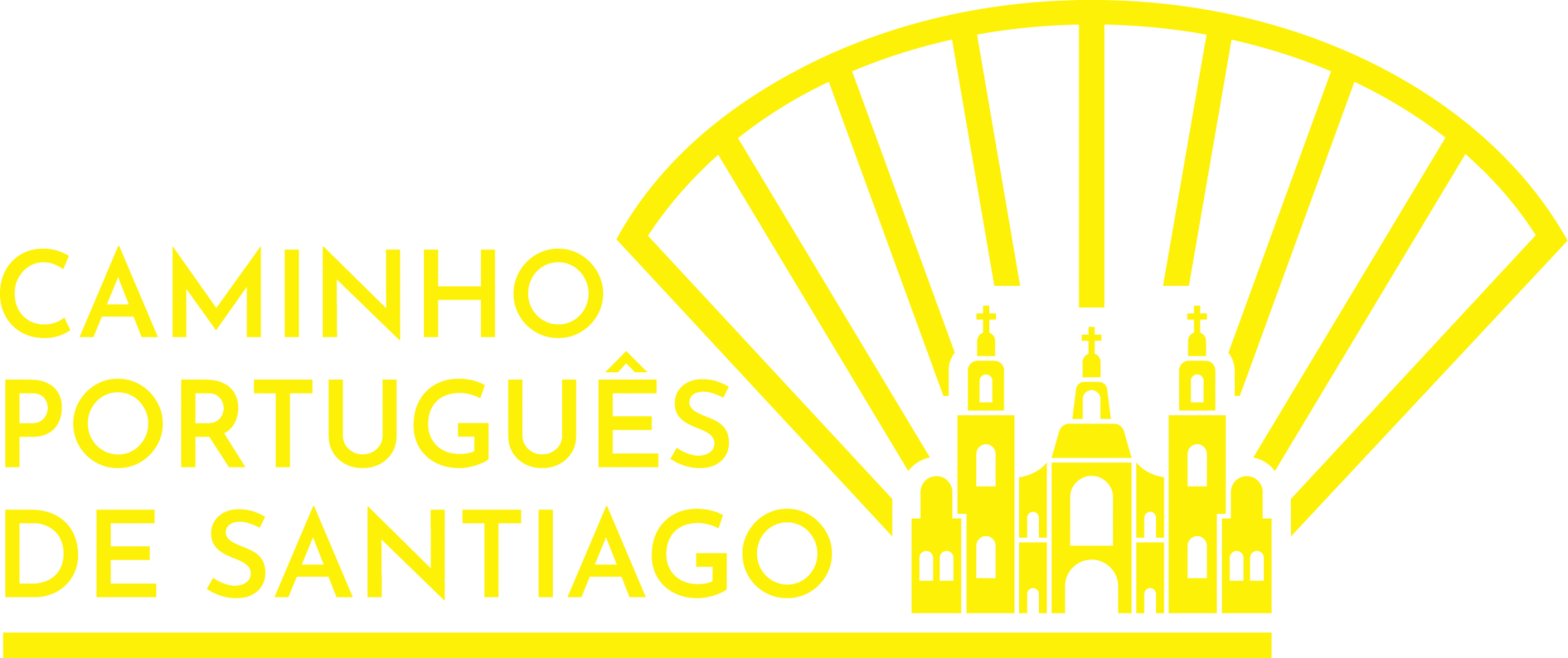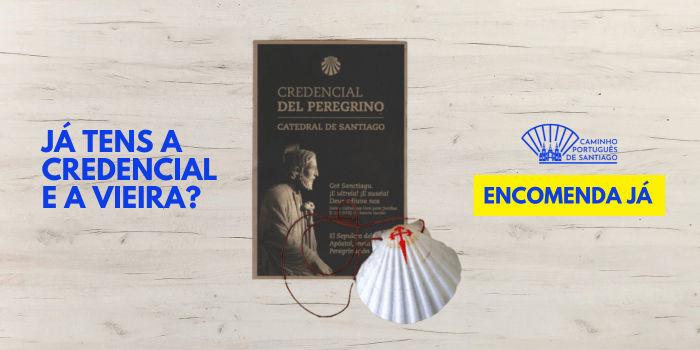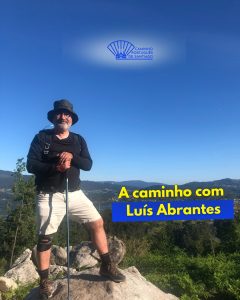The Camino de Santiago can be a simple exercise for most people. The challenge tends to be, beyond the physical wear and tear, more mental than bodily. You feel the fatigue, you think. However, injuries on the Camino de Santiago are still possible, even for the most prepared pilgrims. Although most of them are mild - like blisters - it is always important to be careful and know how to avoid more uncomfortable moments during the pilgrimage.
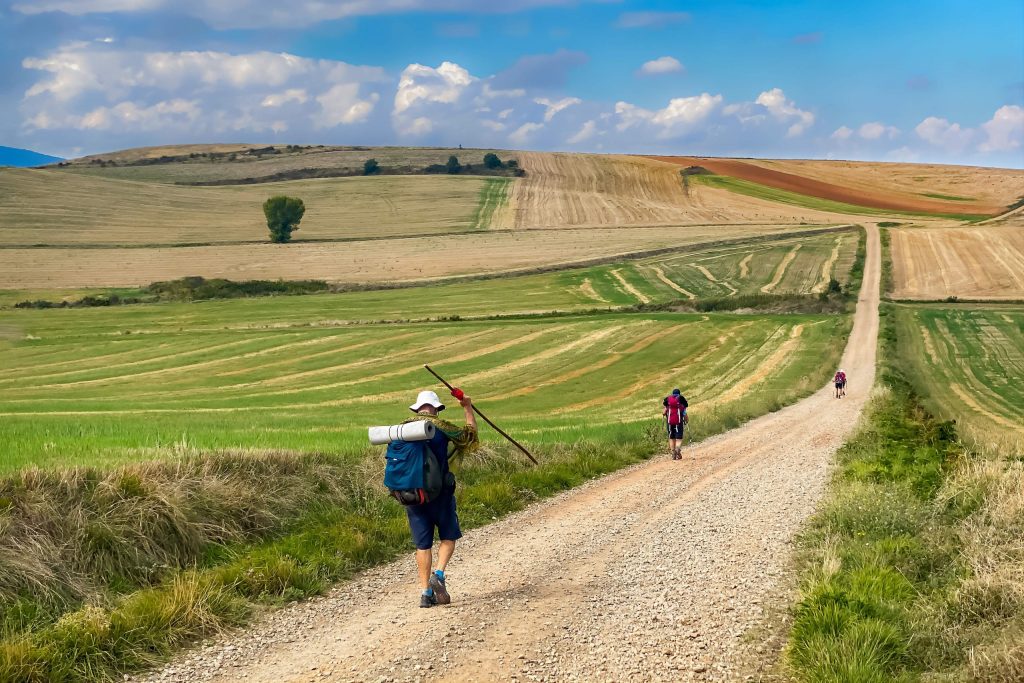
How to avoid blisters on your feet on the way to Santiago.
On the Way of Santiago injuries can be unpleasant. The so annoying blisters! They take time, energy, and sometimes even money. Worst case scenario they might infect, jeopardizing the whole pilgrimage. However, with the right recommendations, they are avoidable.
The first thing to do is to buy the right sneakers.
Most blisters happen because, when purchased, we decide on shoes that are less adapted to the route we are going to travel. There are two things to keep in mind: first, the shoe has to be a little bigger compared to our foot. For example, if you are a size 38, don't be alarmed when they suggest a size 40 in the store. You may even feel a bit ridiculous with such wide and disproportionate shoes, but keep the following in mind: Over the course, our feet swell. Really! Gravity is to blame. When you spend many hours walking, it pulls blood into the leg's veins, letting some water pass through, swelling that part of the body.
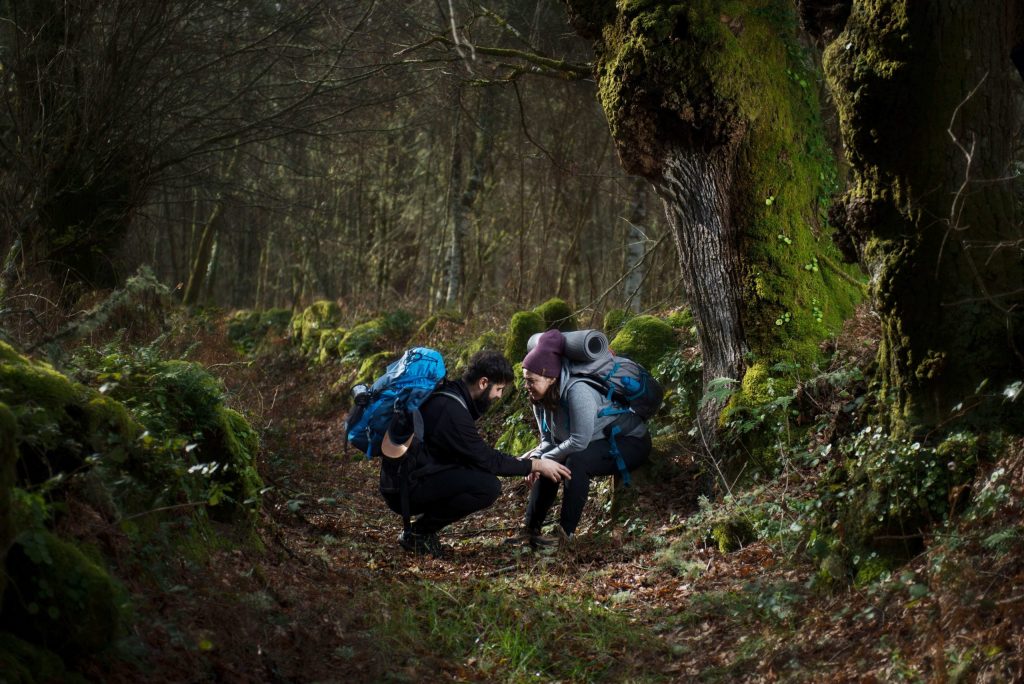
What causes Blisters.
Any repetitive friction can cause them! Blisters are nothing but fluid reservoirs that protect the skin when it is under pressure. This happens especially if you walk several kilometers a day. The combination of swelling and blisters is therefore natural.
So, secondly, the best advice is, really: Stop when you need it. Sometimes you think that another 5 or 6 kilometers, for someone who has already trodden 20 in the same day, is nothing. But the worst always happens upon arrival at the destination. A blister, if it doesn't allow the normal continuation of the path, can catch an infection and it's better to lose a day of walking than the whole path.
Therefore, with the correct sneakers, already well worn, dry socks, and knowing when to stop are the best ways of preventing blisters.
How to avoid leg pain.
In this article, we use "leg pain" as a general term for any pain that revolves around the tibia - the main bone of the leg. It's, of course, common among runners, dancers, and pilgrims.
It tends to happen due to extreme effort on the part of the walker. For example, walking 30 kilometers (like the stage that takes you from Barcelos to Ponte de Lima) without being used to it. Although it is uncomfortable, most cases can be solved with rest and putting ice on the infected area.
This pain is felt due to movements made repeatedly, such as walking, especially with more weight accumulated. This is the combination of the way of Santiago. Several kilometers a day plus a heavy backpack .
A good way to avoid this kind of pain is to distribute the force over the body. Therefore, the use of trekking poles helps prevent unnecessary injury by requiring a correct posture on the part of the hiker.
Knee pain.
Knee injuries are the most complex of those listed in the article because they are linked to the terrain we share with many other pilgrims. Because it is uneven - just think of the dirt roads, for example, or the descents to Pontevedra - it forces the joint to bend and unbend. This goes against its inflexible nature. This, added to the weight in the backpacks, is the imperfect opportunity for an injury that is difficult to follow and care for. Often forcing them to finish the journey early. To prevent this, one should rely on a trekking pole-assisted hike, which offers added stability to the journey. Before starting the walk, it is always a good idea to stretch a little.
Way of Santiago: What to do in case of injury?
Even though the Way of Santiago is a safe route taken by thousands of people every year, it is not impossible to end the day with an injury. In such cases it is important to always have the European Union health insurance card at hand, if you are a European citizen. It makes it easier to get into hospitals and you only pay what you would pay in your home country. Which can mean a saving!
What would the worst injury be for you on the Way of Santiago? Share it with us!
